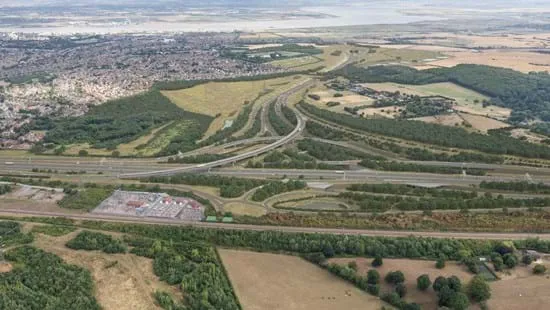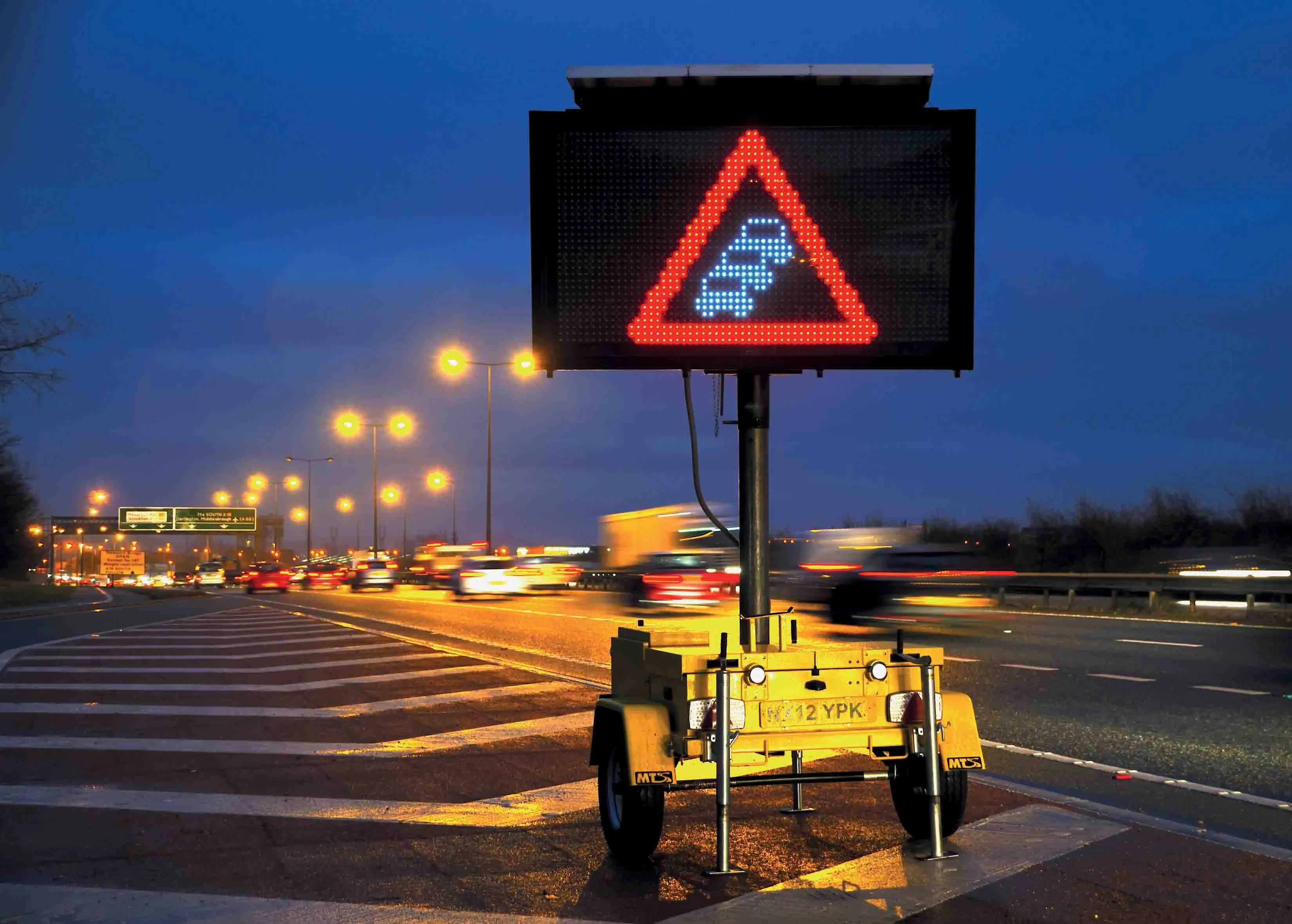Balfour wins place on major UK Highways Agency road framework contract
Balfour Beatty’s UK construction business has been appointed by the UK’s Highways Agency to a new collaborative framework contract for projects totalling more than US$3.95 billion (£2.5 billion).
Under the framework arrangement, Balfour is one of five contractors that the agency can call upon to deliver individual projects worth between $160 million and $713 million (£100 million and £450 million) on Lot 3B of the Collaborative Del
November 7, 2014
Read time: 2 mins
Balfour wins place on major 1441 UK Highways Agency road framework contract
1146 Balfour Beatty’s UK construction business has been appointed by the UK’s Highways Agency to a new collaborative framework contract for projects totalling more than US$3.95 billion (£2.5 billion).
Under the framework arrangement, Balfour is one of five contractors that the agency can call upon to deliver individual projects worth between $160 million and $713 million (£100 million and £450 million) on Lot 3B of the Collaborative Delivery Framework.
The overall framework, which includes lots for other types of work, will deliver the largest ever upgrade of England’s strategic road network, valued between $6.3 billion and $9.5 billion (£4 billion and £6 billion) by 2021.
The framework lasts for four years with an option for a mutually agreed one-year extension. Individual contracts within the framework will be allocated either through the agreement of target costs or by mini-competitions where several tenders are submitted.
Nicholas Pollard, Balfour Beatty construction services UK chief executive, said the company has a strong record delivering major contracts by working closely with the Highways Agency. Balfour Beatty, in partnership with2296 Skanska, 3005 Atkins and 2643 Egis, delivered a 30-year $9.8 billion (£6.2 billion) M25 design build finance and operate project which included widening more than 100km of motorway to four lanes.
Balfour Beatty is also currently delivering the agency’s $291 million (£184 million) Manchester Smart Motorway scheme and the $204.4 million (£129 million) M3 Smart Motorway scheme.
The framework is intended to promote collaborative behaviour, such as standardisation and pre-fabrication, in order to lower costs, deliver better quality faster and to improve health and safety behaviour.
Graham Dalton, Highways Agency chief executive, said the framework is the largest that the agency has awarded. “It is not just the scale of this framework that is important, but the way it is designed to bring the agency, designers and contractors together in one large collaborative team. We expect to deliver this major investment programme efficiently, speedily and with real effort to minimise disruption to road users while we build,” he said.
Under the framework arrangement, Balfour is one of five contractors that the agency can call upon to deliver individual projects worth between $160 million and $713 million (£100 million and £450 million) on Lot 3B of the Collaborative Delivery Framework.
The overall framework, which includes lots for other types of work, will deliver the largest ever upgrade of England’s strategic road network, valued between $6.3 billion and $9.5 billion (£4 billion and £6 billion) by 2021.
The framework lasts for four years with an option for a mutually agreed one-year extension. Individual contracts within the framework will be allocated either through the agreement of target costs or by mini-competitions where several tenders are submitted.
Nicholas Pollard, Balfour Beatty construction services UK chief executive, said the company has a strong record delivering major contracts by working closely with the Highways Agency. Balfour Beatty, in partnership with
Balfour Beatty is also currently delivering the agency’s $291 million (£184 million) Manchester Smart Motorway scheme and the $204.4 million (£129 million) M3 Smart Motorway scheme.
The framework is intended to promote collaborative behaviour, such as standardisation and pre-fabrication, in order to lower costs, deliver better quality faster and to improve health and safety behaviour.
Graham Dalton, Highways Agency chief executive, said the framework is the largest that the agency has awarded. “It is not just the scale of this framework that is important, but the way it is designed to bring the agency, designers and contractors together in one large collaborative team. We expect to deliver this major investment programme efficiently, speedily and with real effort to minimise disruption to road users while we build,” he said.








